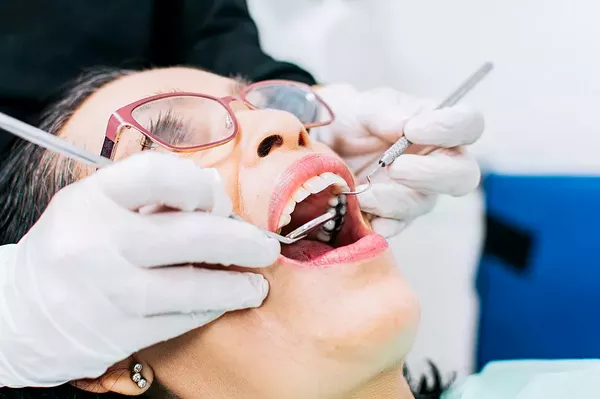Orthodontic therapy plays a crucial role in improving dental health and enhancing smiles. As an orthodontic therapist, you can contribute significantly to this field by assisting orthodontists in providing specialized care to patients. If you are passionate about oral health and interested in pursuing a career as an orthodontic therapist, this comprehensive guide will provide you with the necessary information and steps to embark on this rewarding journey.
Understanding the Role of an Orthodontic Therapist
Before delving into the process of becoming an orthodontic therapist, it is essential to understand the responsibilities and scope of this profession. Orthodontic therapists work closely with orthodontists to provide patient care, including fitting and adjusting braces, taking X-rays, and educating patients on oral hygiene practices. They play a vital role in ensuring the smooth functioning of orthodontic clinics and contribute to the overall success of treatment plans.
Educational Requirements
To become an orthodontic therapist, a solid educational foundation is necessary. The first step is to obtain a high school diploma or equivalent qualification. Following that, aspiring orthodontic therapists must complete a recognized dental nursing or dental hygiene program. These programs typically last for two years and cover subjects such as dental anatomy, radiography, infection control, and orthodontic procedures.
Gaining Practical Experience
Practical experience is invaluable in the field of orthodontic therapy. After completing the educational requirements, individuals should seek opportunities to gain hands-on experience. This can be achieved through internships, externships, or apprenticeships at dental clinics or orthodontic practices. Working under the guidance of experienced professionals allows aspiring orthodontic therapists to develop essential skills, such as chairside assistance, patient communication, and orthodontic appliance maintenance.
Certification and Licensure
Certification and licensure are crucial steps in becoming a recognized orthodontic therapist. The specific requirements may vary depending on the country or region, so it is essential to research the regulations in your area. In some countries, orthodontic therapists must pass a certification examination administered by a professional dental board. Additionally, obtaining licensure may involve completing a certain number of clinical hours and demonstrating competency in various orthodontic procedures.
Continuing Education and Professional Development
The field of orthodontics is constantly evolving, and it is vital for orthodontic therapists to stay updated with the latest advancements. Engaging in continuing education courses and professional development opportunities allows individuals to expand their knowledge and enhance their skills. These programs cover topics such as new treatment techniques, emerging technologies, and patient management strategies. By investing in ongoing learning, orthodontic therapists can provide the highest level of care to their patients and advance their careers.
Conclusion
Becoming an orthodontic therapist requires dedication, hard work, and a passion for oral health. By following the steps outlined in this guide, aspiring orthodontic therapists can embark on a fulfilling career in this specialized field. Remember to stay committed to lifelong learning and professional development to ensure you remain at the forefront of orthodontic therapy. With your expertise and dedication, you can contribute to transforming smiles and improving the lives of countless patients.
Related Topics:



























